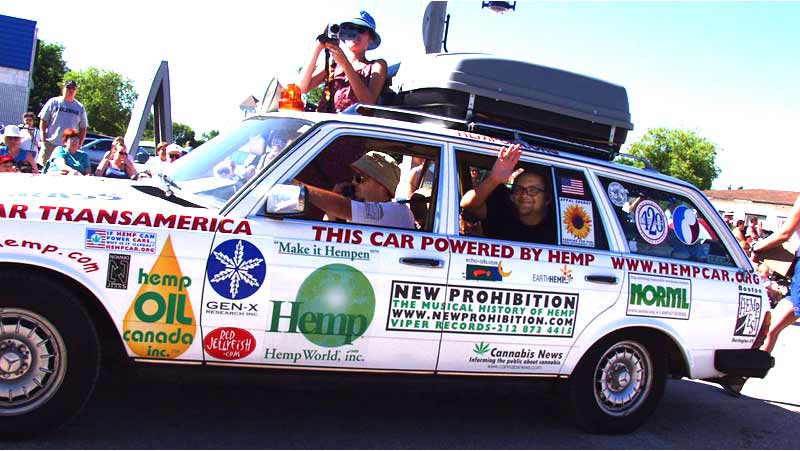http://www.ucsusa.org/clean_vehicles/fuel_economy/ethanol-frequently-asked-questions.html
In the near term, the largest potential for oil savings comes from improvements in the fuel economy of new vehicles, and greater fuel efficiency will help lower the costs of an ethanol future. For this reason, government should continue to support research into cellulosic ethanol and other alternative fuels, but not at the expense of concrete steps to implement proven, cost-effective, near-term solutions such as improving fuel economy over the next 10 years.
...
The long-term potential for ethanol production from products such as grasses, wood chips, rice straw, and the corn plant itself (called cellulosic ethanol) is significant. However, some key breakthroughs are needed for it to play a significant role. In particular, further advances are needed in order to cost-effectively liberate cellulose from the plant material and convert it into fermentable sugars. Aggressive scenarios for the deployment of cellulosic ethanol production indicate that it has the potential to replace nine billion gallons of gasoline in 2025 and upwards of 100 billion gallons in 2050. While this is a very large number, it is important to realize that our gasoline demand by 2050 could be nearly 300 billion gallons if we do not take steps to improve fuel economy and slow growth in travel demand.
http://en.wikipedia.org/wiki/Bioethanol
Fuel economy (measured as miles per gallon (MPG), or liters per 100km) is directly proportional to energy content
[11]. Ethanol contains approx. 34% less energy per gallon than gasoline, and therefore will get 34% fewer miles per gallon
[12] (see also "Alternative Fuel Efficiencies in Miles per Gallon"
[13]). For E10 (10% ethanol and 90% gasoline), the effect is small (~3%) when compared to conventional gasoline, and even smaller (1-2%) when compared to oxygenated and reformulated blends
[14]. However, for E85 (85% ethanol), the effect becomes significant. E85 will produce approximately 27% lower mileage than gasoline, and will require more frequent refueling. Actual performance may vary depending on the vehicle. For the EPA-rated mileage of current USA flex-fuel vehicles, see
[15].
This reduced fuel economy should be considered when making price comparisons. For example, if regular gasoline costs $3.00 per gallon, and E85 costs $2.19 per gallon, the prices are essentially equivalent. If the discount for E85 is less than 27%, it actually costs more per mile to use. For USA price comparisons, see
[16].
Some researchers are working to increase fuel efficiency by optimizing engines for ethanol-based fuels. Ethanol's higher octane allows an increase of an engine's compression ratio for increased thermal efficiency
[1]. In one study, complex engine controls and increased exhaust gas recirculation allowed a compression ratio of 19.5 with fuels ranging from neat ethanol to E50. Thermal efficiency up to approximately that for a diesel was achieved.
[17]. This would result in the mpg of a dedicated ethanol vehicle to be about the same as one burning gasoline. There are currently no commercially-available vehicles that make significant use of ethanol-optimizing technologies, but this may change in the future.
As for bailing out the airlines, if you have a Masters in Economics than use it! What are the potential economic impacts of the unemployment caused by reducing the number of airlines? How would the remaining airlines react to the existing demand for off-peak travel times? How would they accomodate the influx of passengers?
What if a plane can only hold 300 people, but 400 need to get from Chicago to LA on the average weekday morning? You have to open up another route or you'll lose business. Explain to me again how less competition is better for consumers? As for the pilots and their pensions, let me ask you this: would you rather lose your job completely, or take a paycut?









![Craft A Brew - Safale S-04 Dry Yeast - Fermentis - English Ale Dry Yeast - For English and American Ales and Hard Apple Ciders - Ingredients for Home Brewing - Beer Making Supplies - [1 Pack]](https://m.media-amazon.com/images/I/41fVGNh6JfL._SL500_.jpg)






















































